Discover the latest developments in the new space race, the commercial space industry, revolutionary space technologies, and the top 5 players shaping the future of space exploration.
In this exploration of the future of space exploration, we navigate the key players in the space race, often referred to as the cosmic players, shaping the narrative of galactic exploration. From the inception of the commercial space industry to the recent triumphs propelling us toward galactic glory, we delve into the revolutionary space technologies underpinning these achievements.
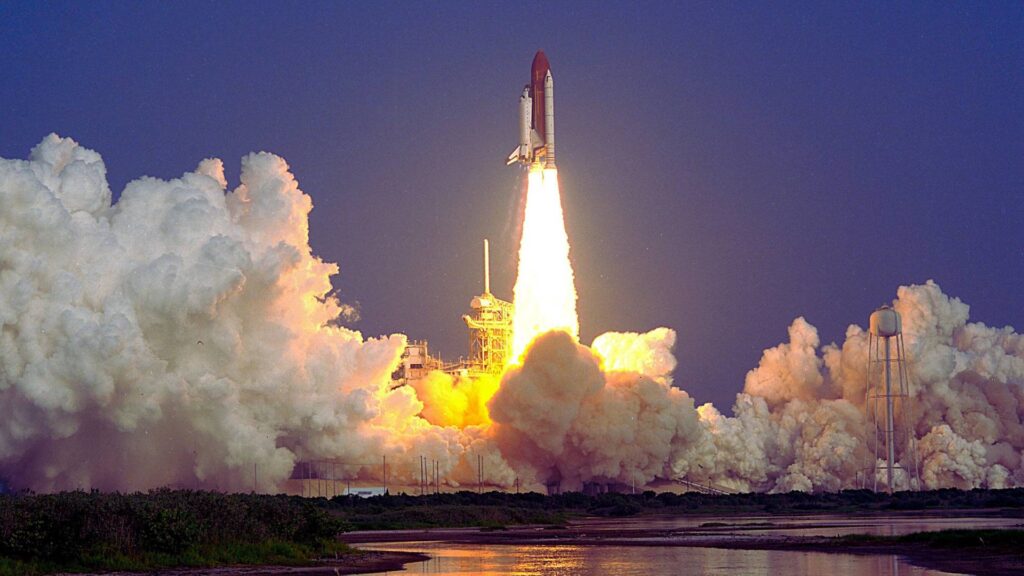
Introduction
The term “new space race” refers to the resurgence of international competition in space exploration and development that began in the early 21st century. Unlike the Cold War-era space race between the US and the Soviet Union, which was primarily focused on national prestige and technological dominance, the new space race is driven by a wider range of factors, including:
- Economic potential: Resources like rare minerals and potentially water ice on the Moon and Mars could be immensely valuable in the future.
- Scientific advancement: Space exploration allows us to study the universe, our solar system, and even our own planet in new ways, leading to groundbreaking discoveries in fields like astronomy, physics, and biology.
- Technological innovation: The challenges of space travel push the boundaries of human engineering and ingenuity, leading to the development of new technologies that benefit many aspects of life on Earth.
What major space achievements have we seen lately?
In recent years, we have seen some amazing space achievements, including:
- In 2020, SpaceX’s Crew Dragon spacecraft launched the first astronauts to the International Space Station from American soil since 2011.
- In 2021, the Perseverance rover landed on Mars and began searching for signs of ancient life.
- In 2021, the James Webb Space Telescope was launched and began sending back the deepest and sharpest images of the universe ever taken.
- In 2022, the DART mission successfully crashed a spacecraft into an asteroid to test the feasibility of deflecting asteroids that could pose a threat to Earth.
Here are some of the major space achievements of 2023:
- Chandrayaan-3: India’s Chandrayaan-3 moon lander became the first mission to reach the lunar south pole, an unexplored region where reservoirs of frozen water are believed to exist. The July 2023 launch of Chandrayaan-3 demonstrated to the world not only India’s dominance in space but also the feasibility of launching a moon lander for a mere $75 million.
- Artemis program: NASA’s Artemis program continued preparations to send the first astronauts to the Moon. In 2023, NASA celebrated astronaut Frank Rubio becoming the first American astronaut to spend more than one year in space; delivered samples from an asteroid to Earth; sent a spacecraft to study a metal-rich asteroid for the first time; and launched multiple initiatives to share climate data.
- China’s Zhuque-2: China’s Zhuque-2 rocket became the world’s first methane-fueled rocket, demonstrating a potentially greener way to do space travel, again at a vastly reduced cost.
- James Webb Space Telescope: The James Webb Space Telescope was launched in December 2023. Its purpose is to investigate dark energy and matter with never-before-seen detail.
- The Euclid satellite: In July 2023, the Euclid satellite was launched. Its purpose is to investigate dark energy and matter in previously unheard-of detail.
How do rockets and propulsion systems work in the New Space Race?
Rockets work by using the principles of action and reaction. The rocket engine ignites fuel and oxidizer, which creates a hot gas that is expelled from the nozzle of the engine. This creates a thrust force that propels the rocket forward.
There are a variety of different rocket propulsion systems, but the most common type is the liquid-propellant rocket engine. Liquid-propellant rocket engines use a liquid fuel and oxidizer, which are typically stored in separate tanks. The fuel and oxidizer are pumped into the engine, where they are mixed and ignited. The hot gas that is produced is then expelled from the nozzle of the engine, creating thrust.
When did the commercial space industry take off?
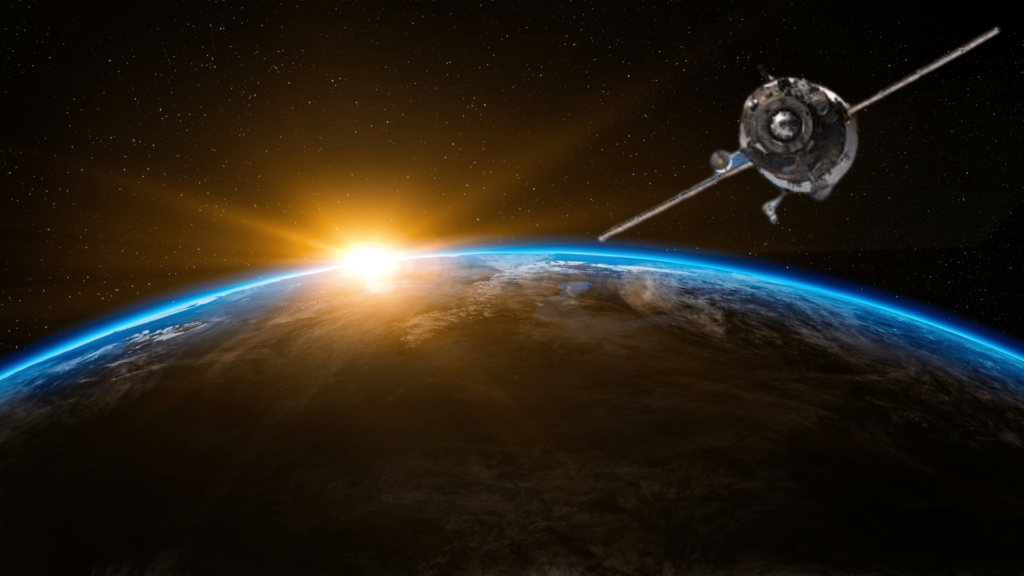
The commercial space industry began to take off in the early 2000s, with the founding of companies such as SpaceX and Blue Origin. These companies began developing new technologies and vehicles that could be used to reduce the cost of space access and enable new commercial space activities.
The first commercial corporation to send a spacecraft into orbit was SpaceX in 2010. Since then, SpaceX has launched numerous rockets and spacecraft, including the Crew Dragon spacecraft, which is now used to transport astronauts to the International Space Station.
Where is space exploration headed next?
Some of the future space missions that are being planned include:
- Artemis missions: NASA’s Artemis program aims to return humans to the Moon by 2025 and establish a sustainable human presence on the Moon.
- Mars Sample Return mission: NASA and the European Space Agency are planning a joint Mars Sample Return mission that will collect samples of Martian rock and soil that were collected by the Perseverance rover and return them to Earth for analysis.
- Europa Clipper mission: NASA’s Europa Clipper mission will study the Jovian moon Europa, which is thought to have a subsurface ocean that could potentially harbor life.
- Dragonfly mission: NASA’s Dragonfly mission will send a drone-like spacecraft to Saturn’s moon Titan, where it will study the moon’s atmosphere, surface, and subsurface lakes.
Why does space innovation matter?
In the boundless expanse of the cosmos, the pursuit of innovation holds profound implications for the trajectory of humanity. As we delve into the realms of space, the significance of space innovation becomes a guiding star, illuminating a path laden with benefits for our species. From scientific revelations to technological advancements, space innovation unveils a tapestry of possibilities that not only enrich our understanding of the universe but also shape the very fabric of our existence on Earth. Space innovation has a number of benefits for humanity, including:
- Scientific discovery: Space exploration has led to a number of important scientific discoveries, such as the discovery of water on Mars and the evidence of organic molecules on Titan.
- Technological advancement: Space exploration has driven the development of new technologies, such as lightweight materials, advanced propulsion systems, and new medical technologies.
- Economic growth: The space industry is a growing economic sector that creates jobs and generates revenue.
- Inspiration: Space exploration inspires people of all ages and backgrounds. It shows us what is possible when we work together to achieve a common goal.
What revolutionary space technologies are fueling space travel?
The new space race is not just about national pride or planting flags on celestial bodies. It’s a fierce competition to unlock the vast economic and scientific potential of the cosmos, and the major players are wielding an arsenal of revolutionary technologies to get there first. Here’s a glimpse into the game-changing tools propelling these nations and private companies toward galactic glory:
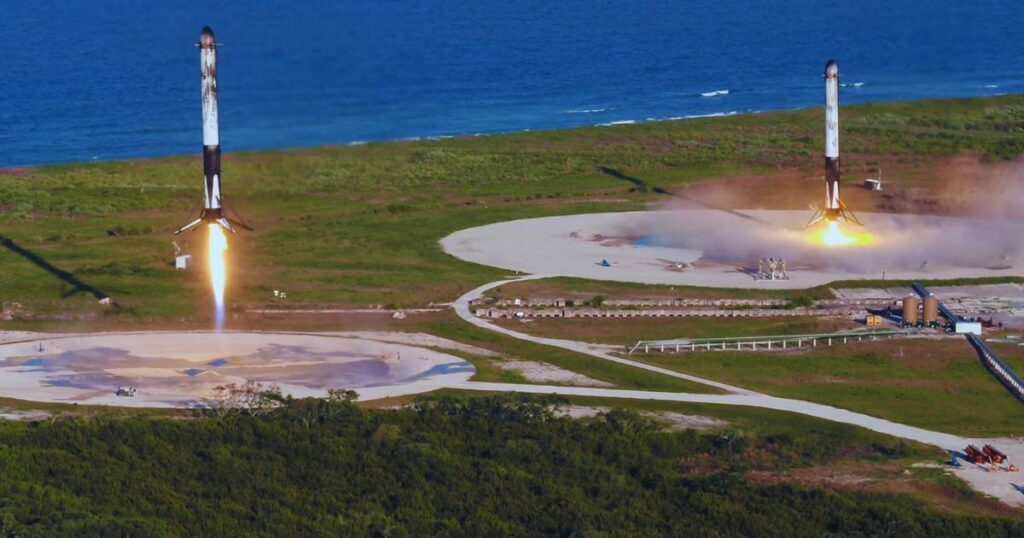
Reusability: Remember the iconic image of a rocket disappearing into the sky, never to return? Well, that’s becoming a relic of the past. Companies like SpaceX, with their Falcon 9 and Falcon Heavy rockets, are leading the charge in reusability, allowing these behemoths to gracefully land back on Earth after delivering their payloads. This slashes launch costs dramatically, making space travel more accessible than ever before. Imagine the environmental impact and cost savings if airplanes could land and be reused for the next flight! That’s the power of reusability in space.
3D printing: 3D printing isn’t just for your living room anymore. Companies like Made in Space are sending printers to the International Space Station, allowing astronauts to manufacture tools and spare parts on-demand at the final frontier. This reduces reliance on Earth for every little thing, which is crucial for future lunar and Martian outposts. Imagine needing a wrench to fix a moon rover and simply whipping it out of a 3D printer right there and then! That’s the convenience and ingenuity of 3D printing in space.
Advanced propulsion systems: Chemical rockets have served us well, but their days are numbered. New players like SpaceX are developing engines like the Raptor that burn methane and liquid oxygen for unprecedented efficiency and power. This translates to faster travel times, heavier payloads, and missions venturing deeper into the solar system than ever before. Imagine zipping to Mars in just months instead of years! That’s the potential of these next-generation engines.
Artificial intelligence: Space travel is complex, but AI is stepping in to lend a hand. From autonomous spacecraft navigation and control systems to analyzing vast amounts of data from deep space missions, AI is becoming an invaluable partner. Imagine a spacecraft intelligently adjusting its course to avoid space debris or an AI assistant helping scientists make sense of data from distant planets! That’s the future of AI in space exploration.
These are just a few of the revolutionary technologies propelling the new space race. As these advancements continue to mature and converge, we can expect to see even more audacious spacefaring feats in the years to come. From mining asteroids to building lunar cities, the possibilities are endless, and the ultimate prize: galactic glory, awaits those who dare to reach for it.
5 Key Players in the New Space Race?
This article unveils the key players shaping the trajectory of space exploration, each contributing unique innovations, lunar aspirations, and collaborative endeavors. Let’s talk about them one by one.
The United States: NASA’s Ongoing Missions and Private Sector Contributions:
NASA remains a leader in space exploration, with ongoing missions to Mars, the Moon, and other celestial bodies. The US private sector is also playing a major role, with companies like SpaceX and Blue Origin developing reusable rockets and spacecraft.
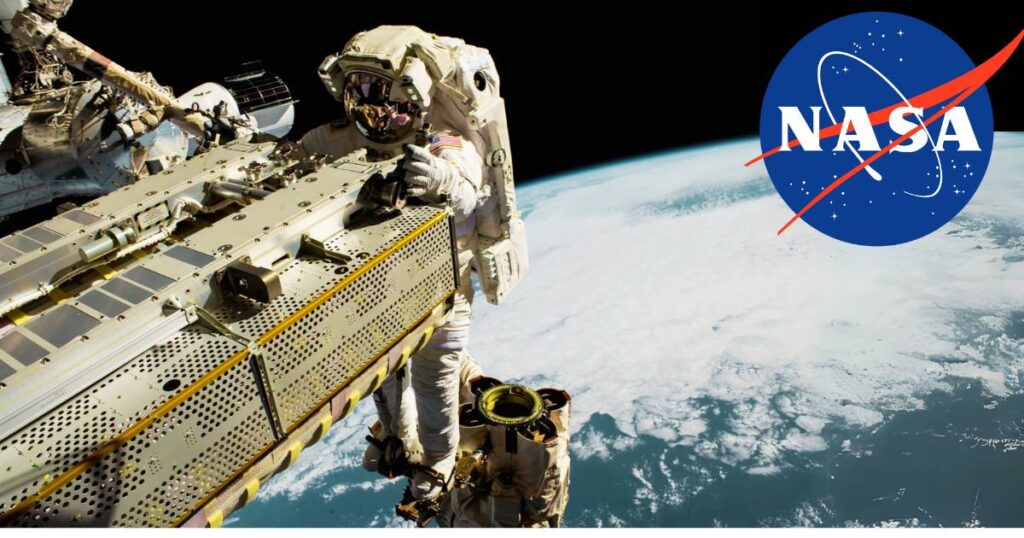
The United States stands at the forefront of space exploration, with NASA spearheading ambitious missions to various celestial bodies. This section explores the dynamic landscape of both governmental and private sector endeavors, showcasing the collaborative efforts shaping the future of space exploration.
NASA’s Leadership in Space Exploration: NASA, the National Aeronautics and Space Administration, continues to assert its leadership in space exploration through a series of ongoing missions that span our cosmic neighborhood. Notably, missions to Mars, the Moon, and other celestial bodies are emblematic of NASA’s commitment to advancing scientific knowledge and pushing the boundaries of human exploration.
- Mars Missions: NASA’s relentless pursuit of understanding the Red Planet is evident in missions like the Mars Perseverance Rover, designed to explore the Martian surface and search for signs of ancient life. These missions contribute to our evolving understanding of Mars and lay the groundwork for potential future human exploration.
- Lunar Exploration: The Moon remains a focal point for NASA, with plans under the Artemis program aiming to return humans to lunar soil by 2025. Beyond a mere return, NASA envisions establishing a sustainable human presence on the Moon, a crucial stepping stone for future deep-space missions.
Private Sector’s Vital Role: In tandem with NASA’s efforts, the private sector in the United States plays a pivotal role in propelling space exploration to new heights. Companies such as SpaceX, founded by Elon Musk, and Blue Origin, founded by Jeff Bezos, have emerged as key players contributing innovative solutions and technologies to the space domain.
- SpaceX’s Impact: SpaceX has revolutionized space travel with groundbreaking achievements like the development of the Falcon 9 rocket, the first fully reusable orbital rocket. The Crew Dragon spacecraft, a SpaceX creation, now shuttles astronauts to the International Space Station, showcasing the potential for cost-effective and routine space access.
- Blue Origin’s Contributions: Blue Origin, led by Jeff Bezos, has also been instrumental in advancing reusable rocket technology. Their New Shepard rocket has demonstrated the feasibility of vertical takeoff and landing, paving the way for more sustainable and economically viable space travel.
This collaborative synergy between NASA’s institutional expertise and the innovative drive of private companies exemplifies the United States’ commitment to pushing the boundaries of space exploration. As we delve into the intricate web of government and private sector partnerships, it becomes clear that the combined efforts of these entities are driving humanity towards an era of unprecedented cosmic discovery.
China: Rapid Progress in Mars Exploration and Space Station Development
China has propelled itself to the forefront of the new space race with remarkable advancements in both Mars exploration and the development of a space station. In recent years, the Chinese space program has achieved significant milestones, underscoring the nation’s ambitious goals and its emergence as a major player in the global space community.
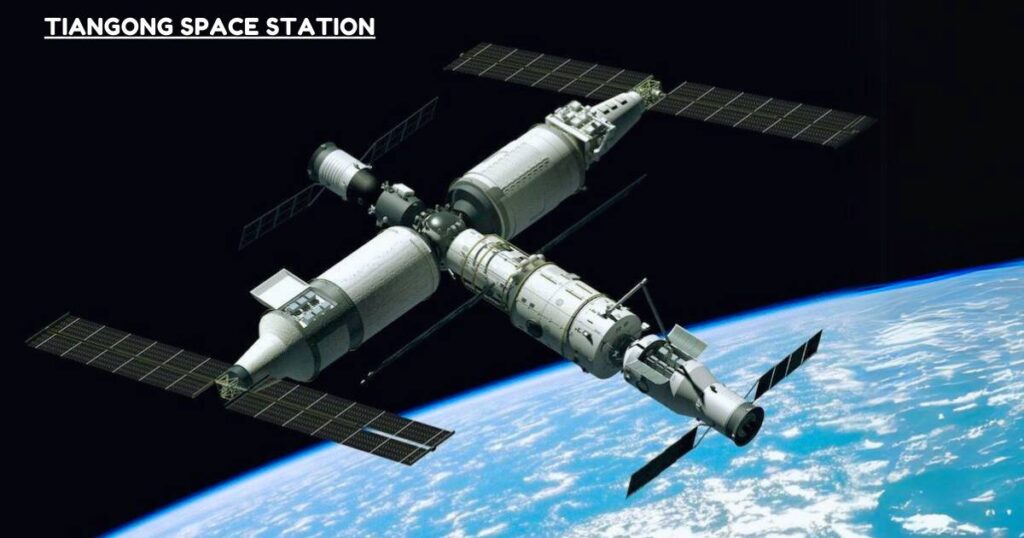
Mars Exploration Triumphs:
China’s foray into Mars exploration has been characterized by bold missions and groundbreaking achievements.
- Tianwen-1 Mission: In a bold and ambitious move, China launched the Tianwen-1 mission, an all-encompassing endeavor involving an orbiter, a lander, and the Zhurong rover. The successful deployment of the Zhurong rover on the Martian surface in 2021 marked a historic achievement, demonstrating China’s competence in interplanetary exploration.
- Zhurong Rover’s Scientific Mission: The Zhurong rover is equipped with sophisticated instruments designed to conduct scientific investigations on Mars. Its mission includes analyzing soil samples, studying the Martian atmosphere, and contributing valuable data to the global scientific community’s understanding of the Red Planet.
Space Station Development:
China’s commitment to establishing a robust presence in space extends to the construction of a modular space station.
- Tiangong Space Station: The Tiangong Space Station is a testament to China’s engineering prowess and dedication to sustained human presence in space. Comprising multiple modules, this ambitious space station is being assembled in orbit, showcasing China’s capabilities in space station development.
- Human Spaceflight Achievements: Building on its accomplishments in robotic space exploration, China has successfully sent astronauts to the Moon, demonstrating a commitment to crewed space missions. These achievements contribute to China’s status as a nation with the capacity for both robotic and human space exploration.
Vision for the Future:
China’s strides in space exploration are part of a broader vision to establish itself as a major space power in the coming decades.
- Strategic Goals: China’s space program is guided by strategic goals that encompass both scientific exploration and technological advancements. The nation aims to leverage its space capabilities for the benefit of humanity and solidify its position as a leader in space exploration.
- Global Collaboration: While pursuing independent space initiatives, China also recognizes the importance of global collaboration. Collaborative efforts and partnerships with other nations are envisioned as crucial components of China’s future endeavors in space exploration.
As China continues to make rapid progress in Mars exploration and space station development, its achievements reverberate across the international space community. The nation’s commitment to scientific discovery, technological innovation, and global collaboration positions it as a key player shaping the landscape of the new space race.
Russia: Historical Contributions, Funding Challenges, and Collaborative Prospects
Russia, with its extensive history in space exploration, continues to hold a prominent position in the global space arena. While boasting historical contributions, particularly in human spaceflight, Russia faces contemporary challenges, including funding constraints, prompting a search for collaborative prospects to sustain its active role in the new space race.
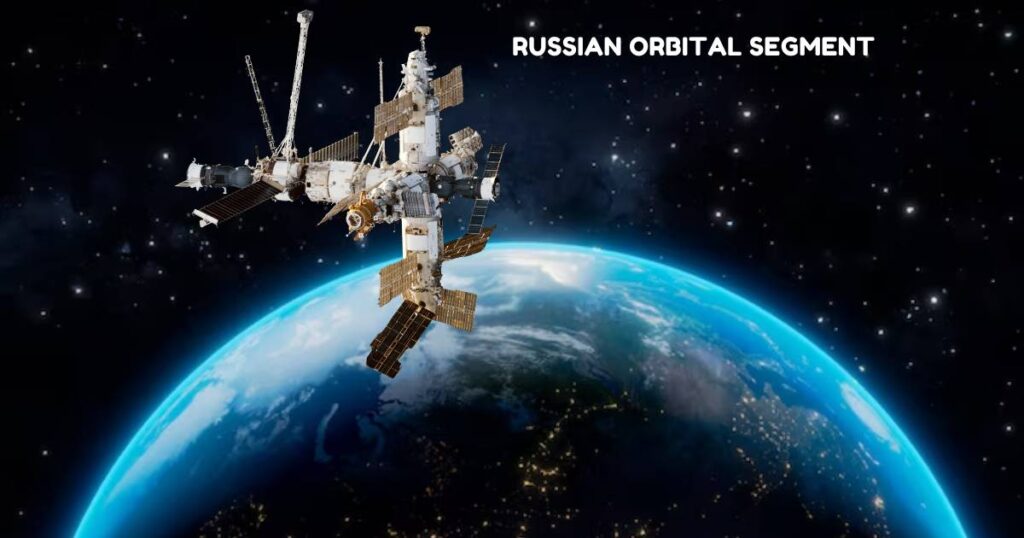
Historical Contributions to Human Spaceflight:
Russia’s legacy in space exploration is deeply embedded in historical milestones, especially in the realm of human spaceflight.
- Pioneering Achievements: Russia, formerly the Soviet Union, achieved groundbreaking feats in human space exploration, including launching the first artificial satellite, Sputnik 1, in 1957, and sending Yuri Gagarin as the first human into space in 1961. These early triumphs laid the foundation for subsequent advancements in space technology.
- Salyut and Mir Space Stations: Russia’s expertise in establishing and operating space stations is exemplified by the Salyut and Shuttle-Mir programs. These endeavors showcased Russia’s commitment to long-term human habitation in space and set the stage for collaborative ventures on the International Space Station (ISS).
Funding Challenges in the Modern Era:
Despite its illustrious history, Russia’s space program grapples with contemporary challenges, notably financial constraints that impact its ambitious initiatives.
- Budgetary Pressures: Economic considerations and budgetary pressures pose challenges to Russia’s space program, impacting the development and execution of ambitious space missions. The need for cost-effective strategies becomes imperative to navigate these constraints.
- Seeking Collaborative Solutions: Recognizing the limitations posed by budgetary constraints, Russia actively seeks collaborative solutions. Engaging with international partners in joint space missions and projects allows Russia to pool resources and share expertise, ensuring the continuation of its active role in space exploration.
Collaborative Prospects on the Global Stage:
Russia, acknowledging the value of international collaboration, explores prospects for partnerships with other spacefaring nations.
- ISS Collaboration: Russia plays a pivotal role in the International Space Station (ISS), collaborating with space agencies such as NASA and the European Space Agency. The ISS serves as a testament to the success of international cooperation in space exploration.
- Future Collaborations: Russia actively explores opportunities for future collaborations, looking to join forces with other nations on upcoming missions beyond Earth’s orbit. Collaborative ventures not only address funding challenges but also contribute to a shared vision of the future of space exploration.
As Russia navigates the delicate balance between its historical contributions, funding challenges, and collaborative prospects, it remains a key player in shaping the trajectory of the new space race. The nation’s willingness to engage in collaborative efforts underscores the importance of collective endeavors in advancing humanity’s exploration of the cosmos.
Europe: The European Space Agency’s Lunar Exploration Program
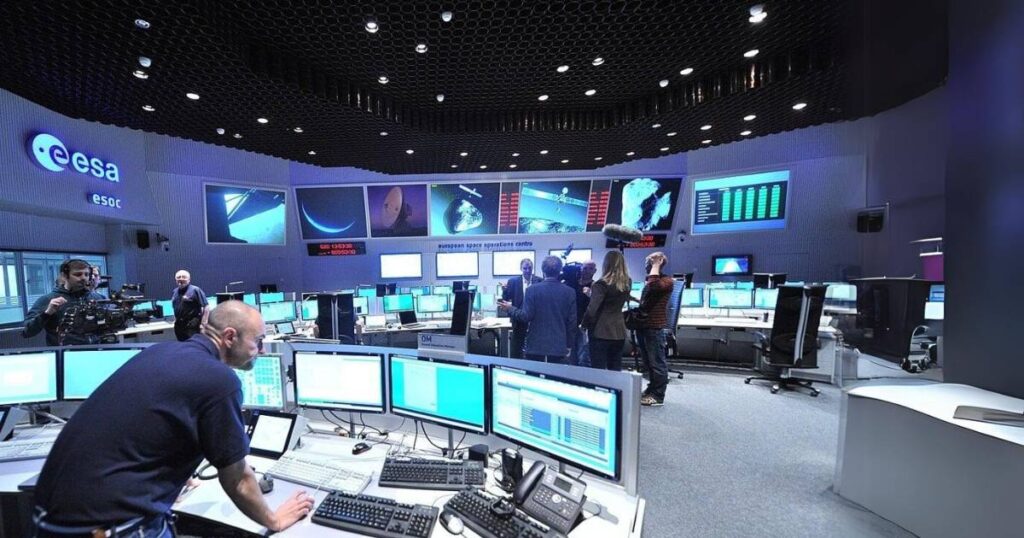
Europe, through the endeavors of the European Space Agency (ESA), is carving a significant niche in the new space race by actively pursuing a dedicated lunar exploration program. This section illuminates ESA’s lunar initiatives, its strides in the development of launch vehicles and spacecraft, and its integral role as a major partner in the International Space Station (ISS).
Lunar Exploration Prowess:
- ESA’s Lunar Exploration Program: At the forefront of Europe’s contributions to the new space race is ESA’s visionary lunar exploration program. ESA aims to unlock the secrets of the Moon and to achieve this, it has strategically crafted a series of missions dedicated to exploring and studying the lunar surface. These missions not only expand our scientific knowledge but also demonstrate Europe’s commitment to pushing the boundaries of space exploration.
- Scientific Objectives: ESA’s lunar exploration efforts are fueled by scientific objectives that include studying the Moon’s geology, understanding its composition, and unraveling its cosmic history. By investing in these missions, Europe positions itself as a key player in advancing our comprehension of Earth’s celestial companion.
Advancements in Launch Vehicles and Spacecraft:
- ESA’s Autonomous Capabilities: In a bid to bolster its autonomy in space access and exploration, ESA is actively developing its own launch vehicles and spacecraft. This strategic pursuit enables Europe to reduce dependence on external providers and enhances its ability to tailor missions according to its scientific and exploratory goals.
- Technological Innovation: ESA’s development of launch vehicles and spacecraft is not just a practical necessity but a testament to Europe’s commitment to technological innovation. The agency is pushing the boundaries of space technology, contributing to the global pool of advancements that benefit future space missions.
Integral Role in the International Space Station (ISS):
- Collaboration on the ISS: Europe’s involvement in the ISS is a cornerstone of its space endeavors. As a major partner, ESA actively collaborates with other space agencies to maintain and enhance the ISS, contributing vital modules and scientific experiments. This collaborative effort underscores Europe’s commitment to fostering international cooperation in space exploration.
- Scientific Contributions: Within the ISS, ESA engages in a myriad of scientific experiments, utilizing the unique microgravity environment to conduct research that has implications for fields ranging from medicine to materials science. These contributions not only advance our understanding of fundamental sciences but also position Europe as a key player in the ISS community.
As Europe charts a course in the new space race, the European Space Agency’s multifaceted approach, encompassing lunar exploration, autonomous capabilities, and collaboration on the ISS, solidifies its role as a pivotal force shaping the future of space exploration on the global stage.
India: Strides in Lunar Probes and Ambitious Plans for Reusable Launch Vehicles
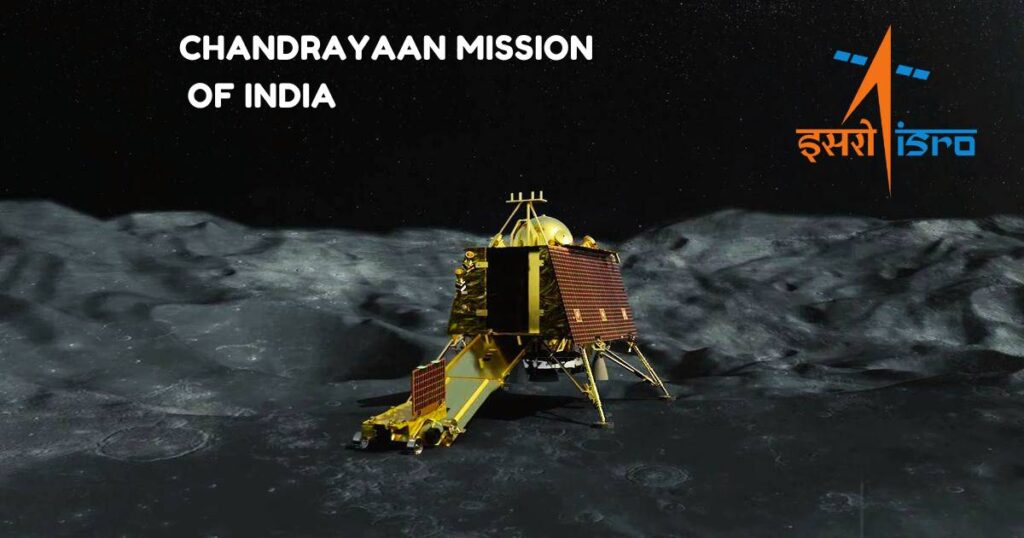
India, a rising star in the new space race, has made significant strides in recent years, showcasing remarkable achievements in lunar exploration and unveiling ambitious plans for the development of reusable launch vehicles. This section delves into India’s noteworthy accomplishments, emphasizing lunar probes, its upcoming crewed space mission, and its pioneering efforts in creating a reusable launch vehicle by ISRO (Indian Space Research Organization).
Success in Lunar Probes:
- Chandrayaan Missions: India’s space program reached a milestone with the successful launch of the Chandrayaan missions, dedicated to lunar exploration. Chandrayaan-1, launched on October 22, 2008, made history by discovering water molecules on the lunar surface. Building on this success, Chandrayaan-2 in 2019 furthered India’s lunar exploration goals with an orbiter, lander, and rover.
- Scientific Contributions: India’s lunar endeavors extend beyond exploration. The data collected from these missions contributes valuable insights to the global scientific community, enhancing our understanding of the Moon’s geological and compositional characteristics.
Ambitious Plans for Reusable Launch Vehicles:
- Indigenous Reusable Launch Vehicle Development: India is pioneering the development of its reusable launch vehicle. This ambitious initiative aims to reduce the cost of space access, aligning with global trends in sustainable and cost-effective space exploration.
- Cost-Effective Space Access: The development of a reusable launch vehicle holds the potential to revolutionize India’s space capabilities. By introducing cost-effective and reusable launch systems, India seeks to make space exploration more accessible, fostering innovation and expansion in the commercial space sector.
Upcoming Crewed Space Mission:
- Gaganyaan Mission: India’s space ambitions extend to crewed space exploration, as evidenced by the Gaganyaan mission. This ambitious project aims to send Indian astronauts, or “Gagannauts” into space, marking India’s entry into human spaceflight.
- National Pride and Technological Advancements: The Gaganyaan mission not only signifies India’s national pride but also showcases the nation’s technological prowess in achieving crewed space travel. The mission holds the promise of inspiring future generations and solidifying India’s position as a key player in human space exploration.
As India continues its journey in the new space race, the nation’s achievements in lunar exploration, the ambitious plans for reusable launch vehicles, and the upcoming crewed space mission underscore its emergence as a significant player on the global space exploration stage. India’s commitment to innovation, cost-effectiveness, and scientific contributions positions it as a formidable force in shaping the future of space exploration.
Conclusion
The new space race is being driven by a number of factors, including the commercialization of space, the development of new technologies, and the desire to explore new worlds. This race is leading to a number of exciting new developments in space travel, and it is likely to have a profound impact on humanity in the years to come.
Imagine, in the endless depths of space, innovation like a bright star, guiding us toward incredible discoveries and a wealth of opportunities. Nations and pioneers join hands, sprinting towards a shared future—one with Martian mysteries revealed and lunar landscapes explored.
Landing on the Moon isn’t just a giant leap; it’s a rocket boost for the space industry, driving economic growth beyond our wildest dreams. Forget a space race; this is a boundless journey! We’re talking lunar secrets, Martian mysteries, and an ever-growing economy fueled by our cosmic adventures. \
Ready to strap in and navigate this celestial marathon? Every step takes us closer to the ultimate prize: pushing the boundaries of space together.

Leave a Reply
You must be logged in to post a comment.